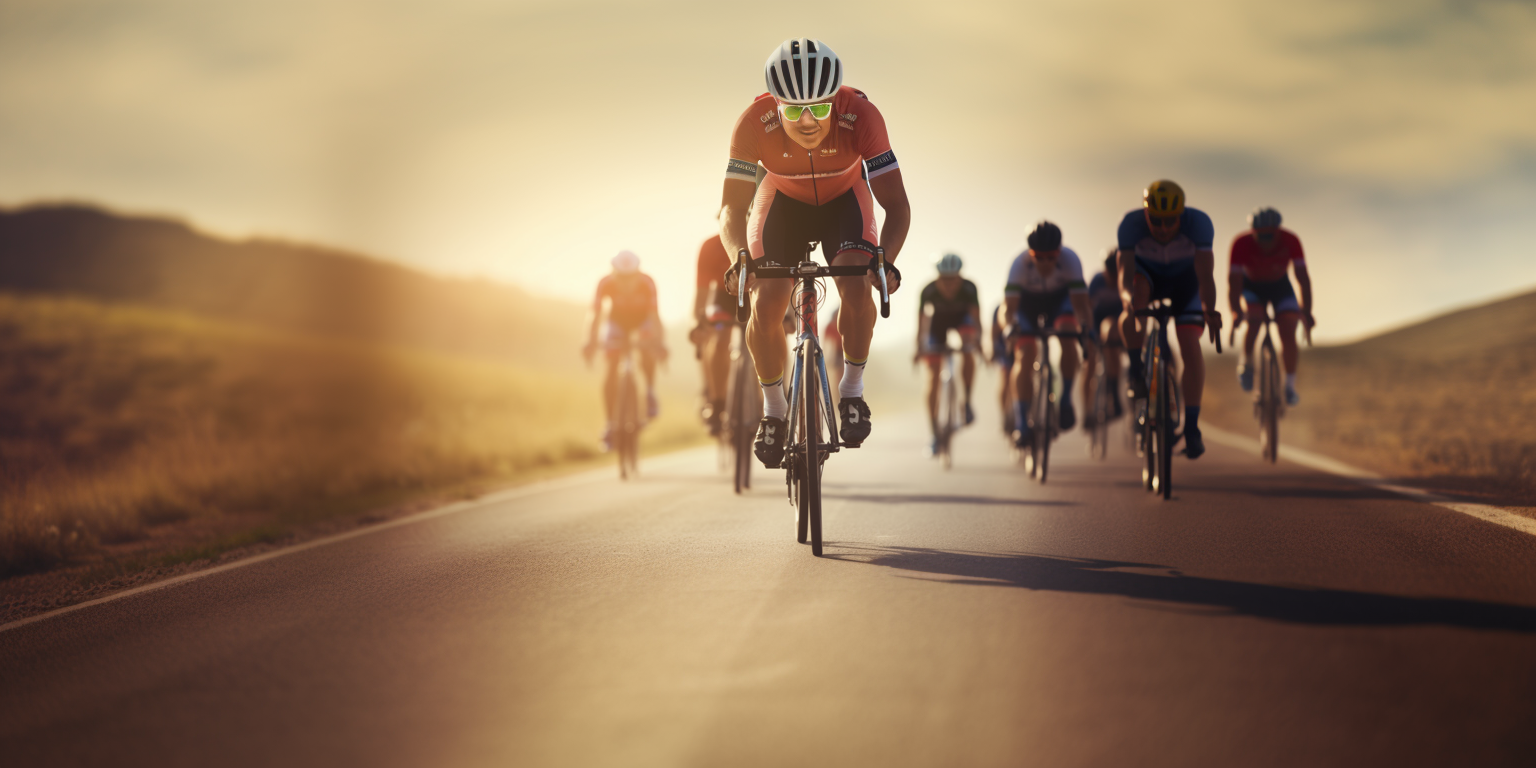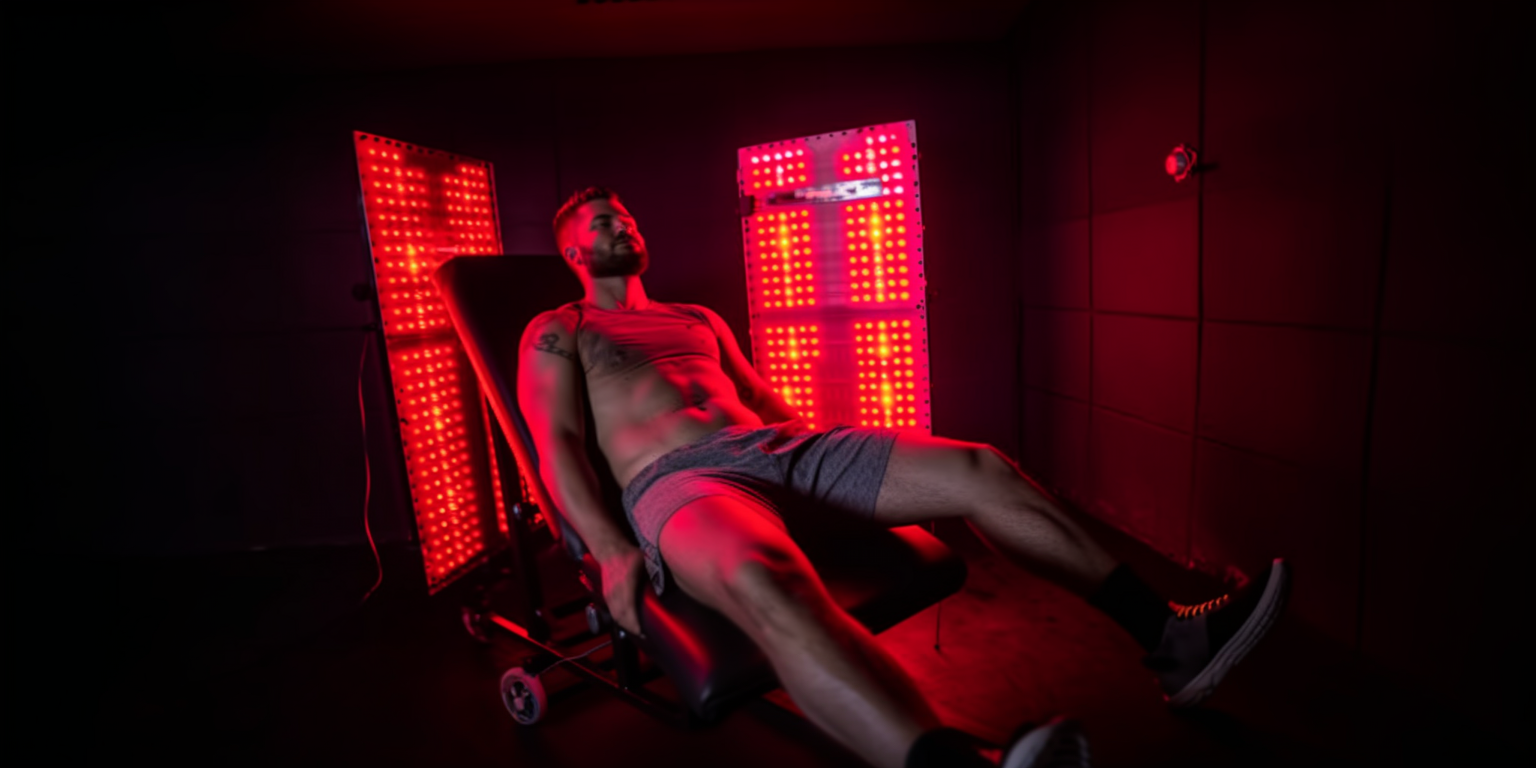- Home
- Blog
- Health Digest
- Introducing LLLT Phototherapy: A Game-Changing Technology for Sports Recovery
Introducing LLLT Phototherapy: A Game-Changing Technology for Sports Recovery

The application of LLLT phototherapy has become a hot topic in the realm of sports recovery. With its ability to enhance physiological function, it holds immense potential for aiding athletes in training recovery, pain management, and overall physical well-being (Kim et al., 2017).
LLLT phototherapy is a non-invasive treatment modality suitable for a wide range of settings and individuals. Particularly, it offers benefits to athletes engaged in high-intensity training, facilitating expedited muscle recovery for optimal performance (Ferraresi et al., 2016). Furthermore, it can improve blood circulation and promote cellular regeneration for individuals experiencing physical decline due to aging or chronic conditions.
Clinical Efficacy
Multiple clinical trials have confirmed the effectiveness of red light therapy. These trials encompass areas such as alleviating muscle fatigue, accelerating wound healing, and enhancing sleep quality. A study by Leal-Junior et al. (2015) revealed significant improvements in muscle strength and endurance among 19 football players following an 8-week treatment. Additionally, Guo et al. (2016) demonstrated that red light therapy contributes to improved skin health and serves as an anti-aging treatment.
As consumer focus on personal health intensifies, personalized/mobile products have emerged as a prevailing trend in the market. Various wearable red light devices are now available in the market, enabling individuals to conveniently undergo therapy in the comfort of their homes or any location. These products not only offer user-friendly experiences but also cater to individual needs.

Whether you are an athlete striving for peak performance or an individual seeking to enhance your physical well-being, LLLT phototherapy serves as a valuable supplementary or preventive strategy. However, we strongly recommend seeking immediate medical consultation and discontinuing use if any concerns arise during treatment.
References:
Kim, W., Calderhead, R., & Kim, H. (2017). Is light-emitting diode phototherapy (LED-LLLT) really effective?. Laser Therapy, 26(3), 143–150.
Ferraresi, C., Huang, Y., & Hamblin, M. (2016). Photobiomodulation in human muscle tissue: An advantage in sports performance?. Journal of Biophotonics, 9(11-12), 1273–1299.
Leal Junior, E., Lopes-Martins, R., & Bjordal, J. (2015). Clinical and scientific recommendations for the use of photobiomodulation therapy in exercise performance enhancement and post-exercise recovery: current evidence and future directions. Braz J Phys Ther, 19(1), 2–7.
Guo, X., Wang, Y., Qin, P., Qiu, Z., & Wu, M. (2016). [The combination of red and blue light emitting diode light on the growth status of facial skin]. Zhonghua Zheng Xing Wai Ke Za Zhi, 32(2), 119–123.
Article Classification
Recent Articles
- Introducing LLLT Phototherapy: A Game-Changing Technology for Sports Recovery
- Navigating Corporate Sustainability through ESG: Charting the Path to a Carbon-Neutral Future by 2050
- Introducing Our Path to Achieving the 2050 Zero Carbon Emission Goal: Unveiling Our Pioneering ESG Strategy and Firm Commitment
- "LLLT Low-Level Light Therapy: Unleashing the Power of Light for Your Body!"
- Preserving Mobility: A Comprehensive Guide to Managing and Preventing Joint Degeneration in Aging Pets
